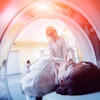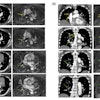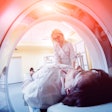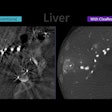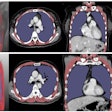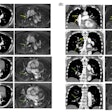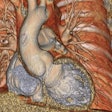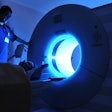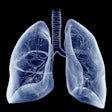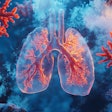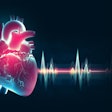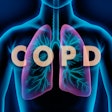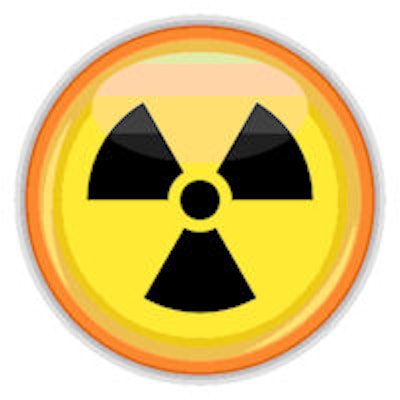
DUBAI - The lack of knowledge among medical staff about radiation dose -- specifically for CT scans -- remains a serious concern, and patients still receive very little information about the pros and cons of scans, according to a survey from Saudi Arabia presented at last week's International Congress of Radiology (ICR).
"Better information and education about medical radiation and the associated benefits and risk consequences are needed to increase awareness of radiation safety in the general public," noted lead author Yahya Ali Athlawy, from the department of radiology at Sabya Hospital Jazan, a public hospital in Saudi Arabia.
Because CT accounts for around 10% of all imaging examinations but contributes up to 70% of the collective radiation dose to patients, Athlawy decided to examine how much healthcare professionals and their patients know about radiation.
A retrospective study was conducted at Sabya Hospital Jazan over two weeks during 2012. A total of 100 questionnaires were sent to medical staff and patients, and 86 were completed and returned. Of the completed surveys, 20 came from physicians, 18 from radiographers, and three from radiologists. All 23 physicians and radiologists had more than 10 years of experience in clinical practice, while the 18 radiographers had less than 10 years of experience in CT.
Of the 45 patients (27 men, 18 women), seven were under 18 years of age. The most common type of CT exam was of the head (24 out of 45), followed by the abdomen (seven), pelvis (six), chest (five), lumbar spine (three), and other (three).
A total of 41% of the physicians said they explained the benefits and risks of CT scans to their patients and offered them alternative options, such as MRI and ultrasound. Just over 80% of the respondents said they could recognize the harmful effects of radiation exposure with regards to the risk of inducing cancer.
As for knowledge of CT dosage compared with an anteroposterior chest x-ray, more than 60% of the physicians made an error about the effective dose of these examinations, and two of the radiologists also gave incorrect answers. More than half of the radiographers answered the questions incorrectly, except for the question about a chest CT scan, which showed 55% correct answers.
There was a significant difference between the physicians (including radiologists) and the radiographers regarding the correct answers on the radiation dose associated with routine CT scans (p = 0.033). The radiographers performed better than the physicians in most of the CT examinations.
A total of 91% of patients said they did not receive any information from the physicians about the benefits and risks of CT exams, and only 15% thought they received adequate explanation from radiographers about the examinations. Also, 91% of the patients said they underwent the CT scan because of the doctor's request that it would assist diagnosis, while only 9% had a CT because of their own request. Of the patients, 60% did not know that CT scans were potentially harmful to the body, although 67% of them recognized that CT resulted in higher exposure to radiation than a chest x-ray.
"There is a requirement for physicians to follow guidelines for reducing dosages, such as the national diagnostic reference levels for radiation dose, and it is recommended they participate in the radiation dose registry to obtain feedback on radiation dose levels compared to other institutes," concluded Athlawy, who was supported with the study by Dr. Zhonghua Sun, PhD, a radiologist at Curtin University in Perth, Australia.
For our gallery of photos from the Dubai meeting, please click here and scroll down to the bottom of the article.
